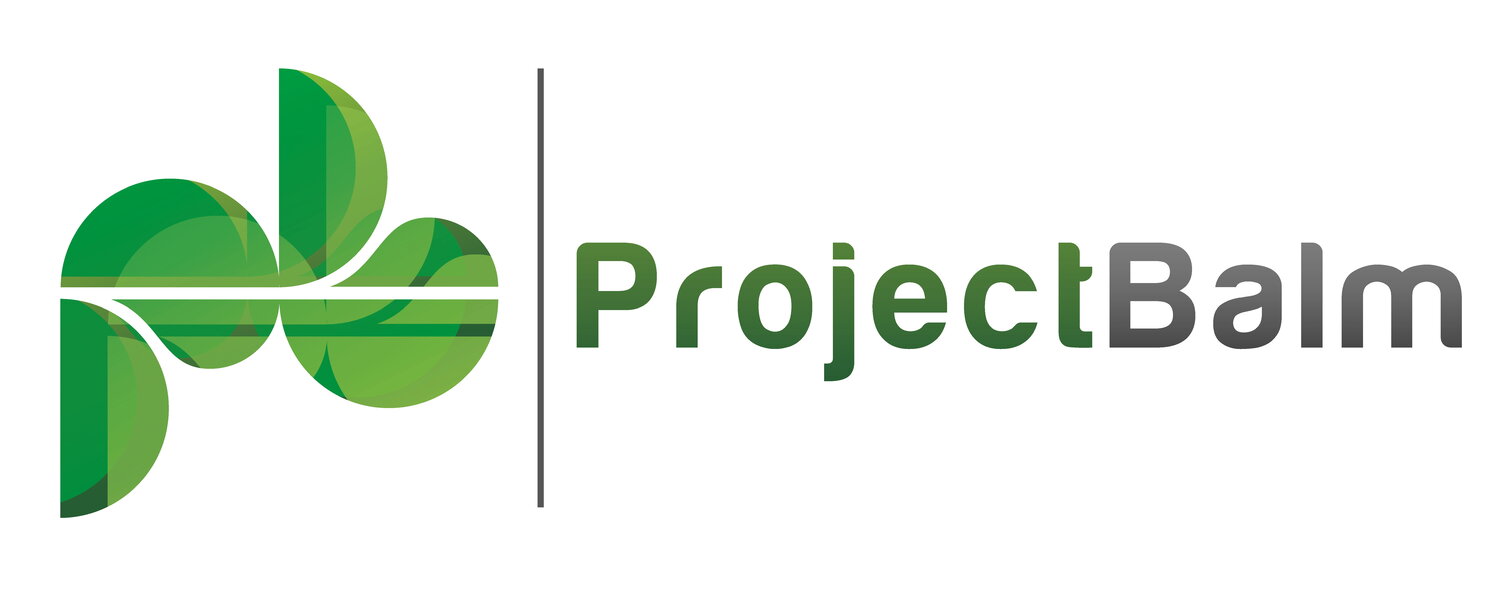Understanding ISO 31000
ISO 31000 is an international standard that provides guidelines and principles for creating a risk management framework and process. It offers a systematic approach for organizations to identify, assess, manage, and monitor risks to achieve their objectives, make informed decisions, and safeguard their assets. Although ISO 31000 is not attached to a formal certification process, it is a benchmark for organizations to design and implement risk management strategies, ensuring consistency, transparency, and effectiveness across different sectors and environments.
The standard consists of these sections:
Scope
Normative references
Terms and definitions
Principles
Framework
Process
Scope
The standard offers universal risk management guidelines suitable for any organization, regardless of industry, and applies to all activities and decision-making levels.
Normative references
Normative references are essential documents cited in a standard for its application; ISO 31000 contains none.
Terms and definitions
This section provides detailed definitions of essential terms related to risk management, ensuring clarity and consistency in their interpretation and application. For instance, "risk" is defined as the "effect of uncertainty on objectives," while a stakeholder is a "person or organization that can affect, be affected by, or perceive themselves to be affected by a decision or activity."
Principles
This section outlines the principles essential for effective risk management. The principles emphasize integrating risk management into all organizational activities and structuring it to be comprehensive and tailored to an organization's context. The approach should actively involve stakeholders, dynamically respond to changing contexts, and use the best available information. Moreover, the process should address human and cultural influences and continuously improve from learning and experience.
Framework
This section outlines the overarching elements required to implement effective organizational risk management. It covers various aspects such as leadership commitment, integration of risk management, design considerations, implementation processes, evaluation, and continuous improvement. It emphasizes the need for top management's active involvement, customization of the framework to the organization's context, allocation of resources, communication, and consultation strategies, as well as ongoing monitoring and adaptation to address changes. Successful implementation of this framework ensures that risk management becomes an integral part of organizational activities, decision-making processes, and overall governance, fostering a culture of proactive risk management to achieve objectives.
Process
This section outlines the risk management process, encompassing the systematic application of policies, procedures, and practices. The process involves several key steps: communication and consultation, establishing the scope, context, and criteria, risk assessment (including identification, analysis, and evaluation), risk treatment (including option selection, plan preparation, and implementation), monitoring
ISO 31000 and Risk Register
Section 5.4.4 of the standard states that complying organizations must "ensure allocation of appropriate resources for risk management", which includes "tools to be used for managing risk." Risk Register by ProjectBalm is fully compatible with ISO 31000 and can be used to comply with this standard.
Section 6 of ISO 31000 defines a standard risk management process which “involves the systematic application of policies, procedures and practices to the activities of communicating and consulting, establishing the context and assessing, treating, monitoring, reviewing, recording and reporting risk.” The Risk Register application enables the following specific parts of the defined process:
Section 6.4.2 Risk identification is enabled by the creation of a risk within the application.
Section 6.4.3 Risk analysis is enabled by the definition of risk probability and impact for a risk within the application.
Section 6.4.4 Risk evaluation is enabled by the definition of a risk model in the application and the automatic calculation of the level of risk.
Documentation for these three activities can be found here - Data Center and Cloud.
Section 6.5 Risk treatment is enabled by the risk treatment fields in the application, including the ability to record mitigating actions.
Documentation for this activity can be found here - Data Center and Cloud.
Section 6.6 Monitoring and review is enabled by the risk register and risk matrix views
Documentation for this activity can be found here - Data Center and Cloud.
